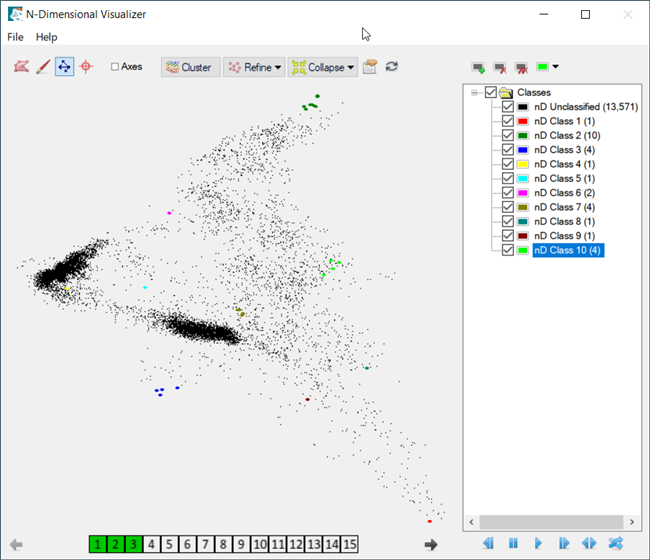- 5 replies
- 4,961 views
- Add Reply
- 2 replies
- 2,449 views
- Add Reply
- 0 replies
- 5,739 views
- Add Reply
- 0 replies
- 1,548 views
- Add Reply
- 2 replies
- 2,193 views
- Add Reply
New Release ENVI 6.0

By Lurker,


Added support for data types:
GRUS L1C, L2A - Axelspace micro-earth observation satellite
ISIS3 - USGS Astrogeology ISIS Cube, Version 3
PDS4 -NASA Planetary Data System, Version 4
New Spectral Hourglass Workflow and N-Dimensional Visualizer
New Target Detection Workflow
The Target Detection Workflow has been added to this release. Use the Target Detection Workflow to locate objects within hyperspectral or multispectral images that match the signatures of
TerraExplorer 8.0 Installer Download Link
By lreept,
TerraExplorer 8.0 Installer Download Link🙂:https://pan.baidu.com/s/1Y33PRnVk5SwqLEenVaaG6g?pwd=qq7m
Calibrating Multispectral Without Reflectance Panel
By hbrillon,
Is there a way to calibrate multispectral imagery without using a reflectance panel? I have two sets of data that need to be calibrated but they were flown without using a reflectance panel. The sensor is a Micasense RedEgde-MX. Both sets are taken in the same area.
Post-Doctoral Research Fellowship in Advanced Earth Observation (EO) for Earth Science

By Lurker,
Are you a post-doctoral researcher looking for an exciting opportunity in advanced Earth Observation (EO) for Earth Science? The ESA is offering a two-year research fellowship in the Directorate of Earth Observation Programmes. The fellowship will cover a wide range of innovative topics from the development and validation of novel methods, algorithms and EO products to innovative Earth system and climate research. The successful candidate will be responsible for undertaking advanced research add
How can i train a deep learning model to extract the building footprint
By Yasser,
I’am a Geomatics student and i want to train a deep learning model to extract the building footprint of a city, how can i do it ? It is easy to do for Geomatics or survey engineer ? Or this project need to IT background ?
thanks
-
Forum Statistics
8.7k
Total Topics43.3k
Total Posts



